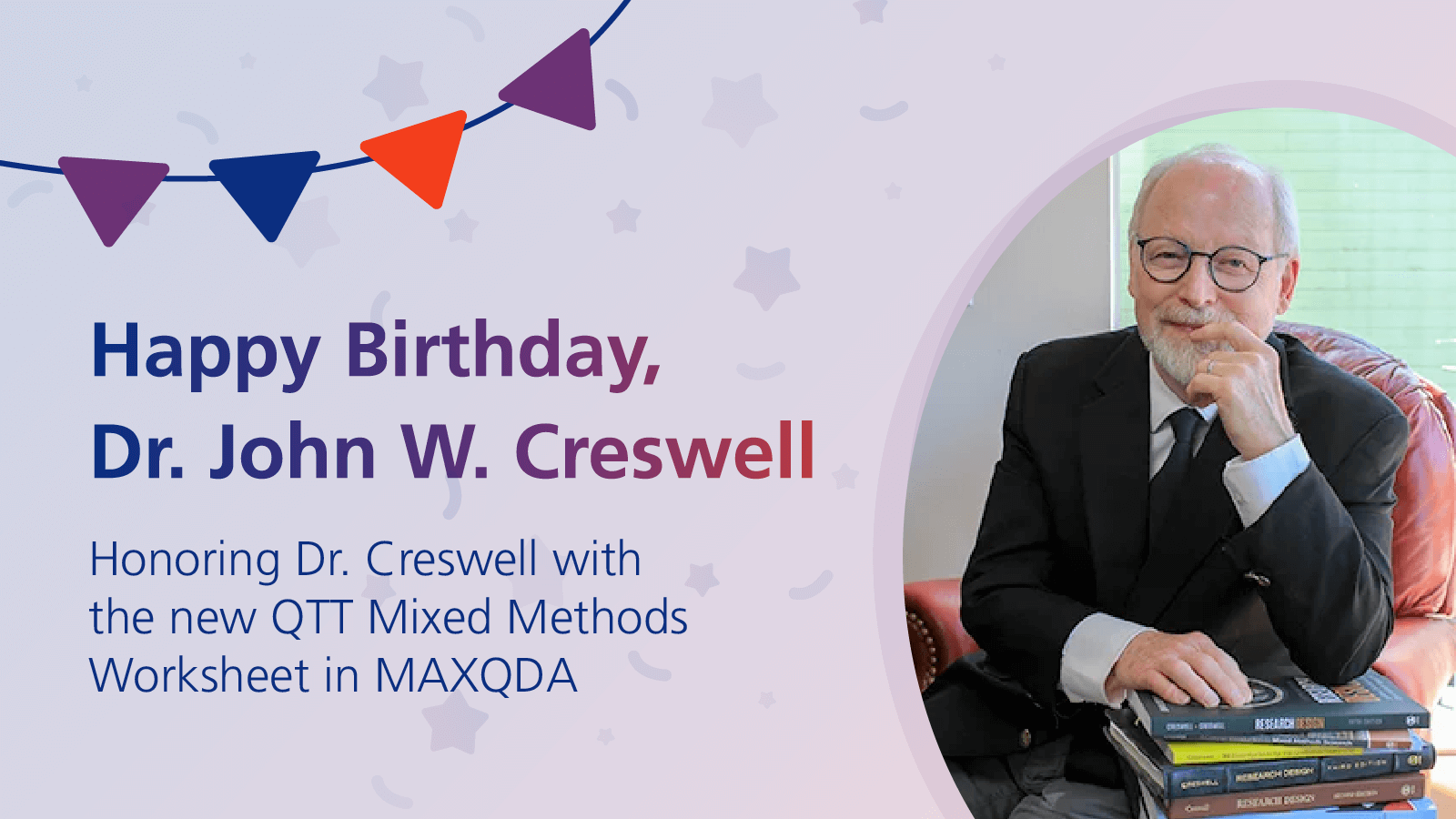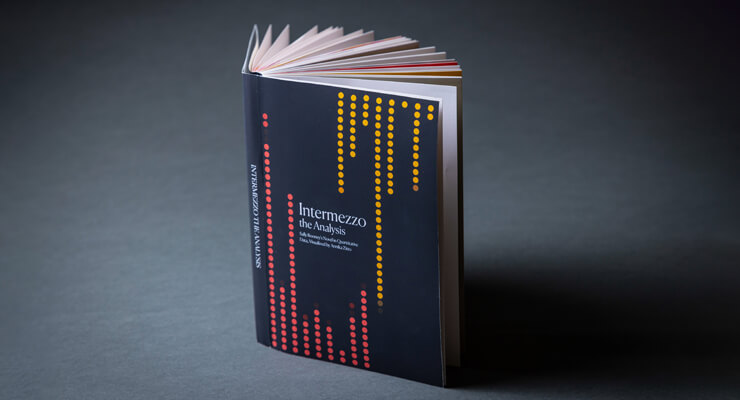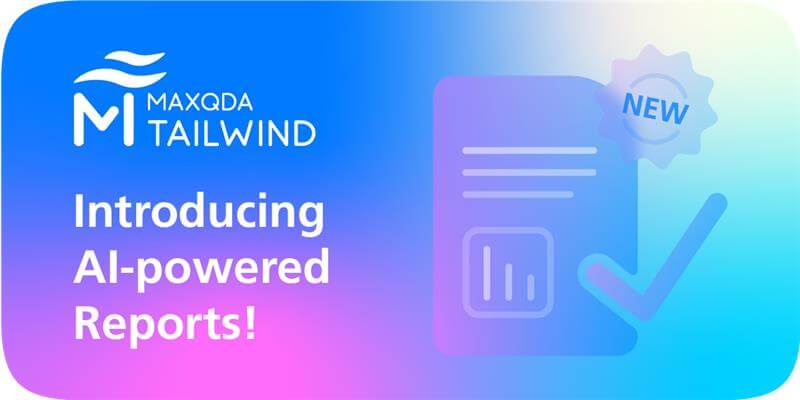One day while on Twitter—my social media platform of peace and refuge–, I came across a tweet asking about personal coping mechanisms dealing with writing your dissertation during quarantine. I sat there and thought: Truthfully, how have I been coping? Well for one, my mechanisms weren’t the “right” way, but they worked out most of the time. Taking the forms of procrastination, anxiety, and avoidance, the original poster called this moment Self-Deprecation. I would call it symptoms of Imposter Syndrome.
In truth, acknowledging those adverse coping mechanisms, while attempting to recharge my motivation, has not been easy as I’m sure many readers are experiencing. In fact, two themes emerged from this self-reflection– understanding the value of time and the cost of one’s focused energy, mentally and physically. On the bright side, the forced seclusion helped me focus on my dissertation brainstorming and get into action i.e. writing.
Once clearing out and reclaiming my time, I knew that an organizational system was needed, especially for my writing. This is where MAXQDA comes in. One of the ways in which the software lives up to its exceptional CAQDAS power is through the capabilities of performing an in-depth, and statistically analyzed literature review. This was exactly what I needed.
Creating your Literature Review using Codes
Before taking a leap into the hundreds of articles I have accumulated since my Masters program, I searched for some examples on how to set up my workspace in MAXQDA. YouTube, another useful resource of mine, resulted in many videos of how to properly perform a literature review, including MAXQDA training videos like this one- Literature Reviews in MAXQDA
First, I needed to create the core code tree/system, which in this case is the outline of my dissertation proposal, and document system. Subcodes were also added to reflect the initial information flow of the proposal and to expand upon key concepts. Importing the documents took some time because it called for reviewing the abstract and keywords. Luckily, I had a few with enough notes to quickly determine what code(s) each article supports. The Literature Reviews with MAXQDA Guide (p. 8-13) demonstrated using a preferred reference management program first to begin the importing process — I will be using EndNote. This involves converting the PDFs to a RIS format, or Research Information System. The information generated via this file type is what builds the bibliography, thus saving time that would go towards creating and editing this section, especially after all of that writing! The resources I accessed caution about using manually scanned files because they are not in RIS format, so within MAXQDA these documents are treated as images. Coding is still available, but certain visualization and statistical analysis tools are disabled.
I did not use the method as suggested, but rather I went to IMPORTS > TEXTS, PDFs, TABLES in the software. A window appears where I selected the preferred articles to import, I clicked OPEN, and the PDFs appeared in the Document System window. Now that the files are in place, I can create my document system and do some initial coding. Time to put on my data analysis hat.
Get Organized: Strategic Writing
MAXQDA helps create a concise literature review because it encourages faster recognition of methods, themes, and recommendations in your key articles. My method for coding particular articles consists of two steps: 1. Quickly glancing at the abstract to determine how this would be used in my coding system; and 2. Determine the overall code/theme before moving it to the appropriate folder and code. As an example, I have an article that explains the origins of Qualitative GIS (QGIS), while also illustrating a certain methodology I want to use. The image below shows the usage of the codes ‘CAQGIS’ and “QGIS’, and their corresponding colors — orange (QGIS) and red (CAQGIS).
Since my method is fairly new and experimental, this article serves as background information and main methodology. In the abstract itself, these coded segments will be used to expand my Methodology section of my dissertation.
Article organization does not stop there. Remember how my Document System looked before?
To bring order to chaos, I created various Document Groups, which are represented by blue folders, that would house my articles according to their overall theme.
In doing this, I can quickly activate my article for coding via the folders instead of continuously clicking until I find the correct one. A good motto to go by,” Work smarter, not harder.”
Write Now: the Fun Begins
Being that I have previous experience using MAXQDA from one of my program courses, the learning curve is not as steep, however the analysis is just as concentrated. In these early stages of using the software, I am excited to see a research idea materialize and generate interest as it is promoted in the community or academic presentations. Specifically, I will use the Memos function in MAXQDA to quickly reference segments or interpretations while writing, while the Word Map/Clouds will be used to fixate on recurring concepts gathered from my interviews and group interviews. In the end, the analysis will further inform my quantitative data.
Reflecting back on the Twitter question at the beginning, I can say using MAXQDA is how I am coping with writing in quarantine. It is more than just highlighting, but rather visualization of data, article and code comparison, creating a code system, all of which helps me to finally get to know my data.
SIDE NOTE: Here are some pictures of a Rid-All, a Black-founded, owned, and operated agricultural outreach center in Cleveland. They were part of a tour during the 2019 Minority Landowner Conference. Although they are not one of my research sites, much information shared at that time has guided theories in my dissertation.
About the Author
Brittany D. Jones is a recipient of MAXQDA’s #ResearchForChange Grant, and a Ph.D. Candidate in Spatially Integrated Social Sciences at the University of Toledo, USA. Her research project titled “Empowerment through Consumption: Land Banks, Land Ownership, and Black Food Geographies” in Toledo & Dayton, Ohio, United States is currently in progress.

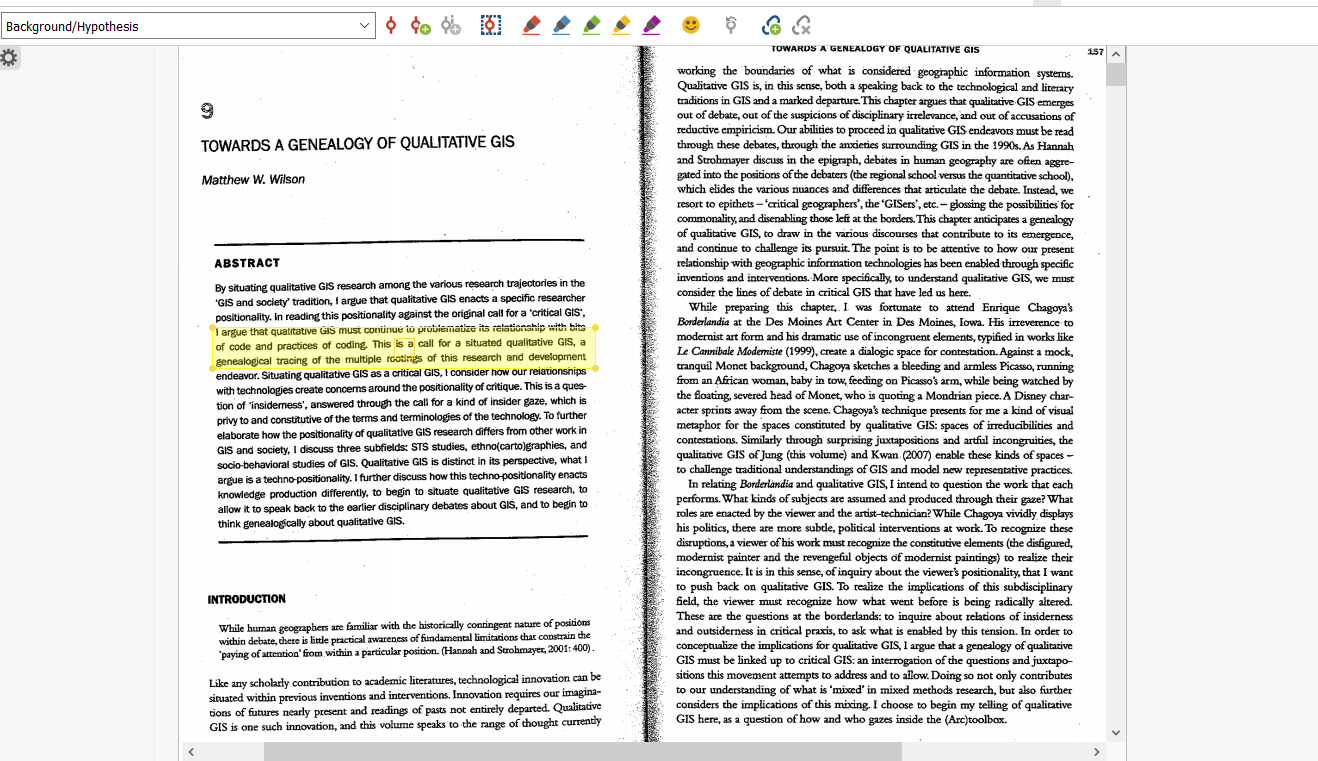
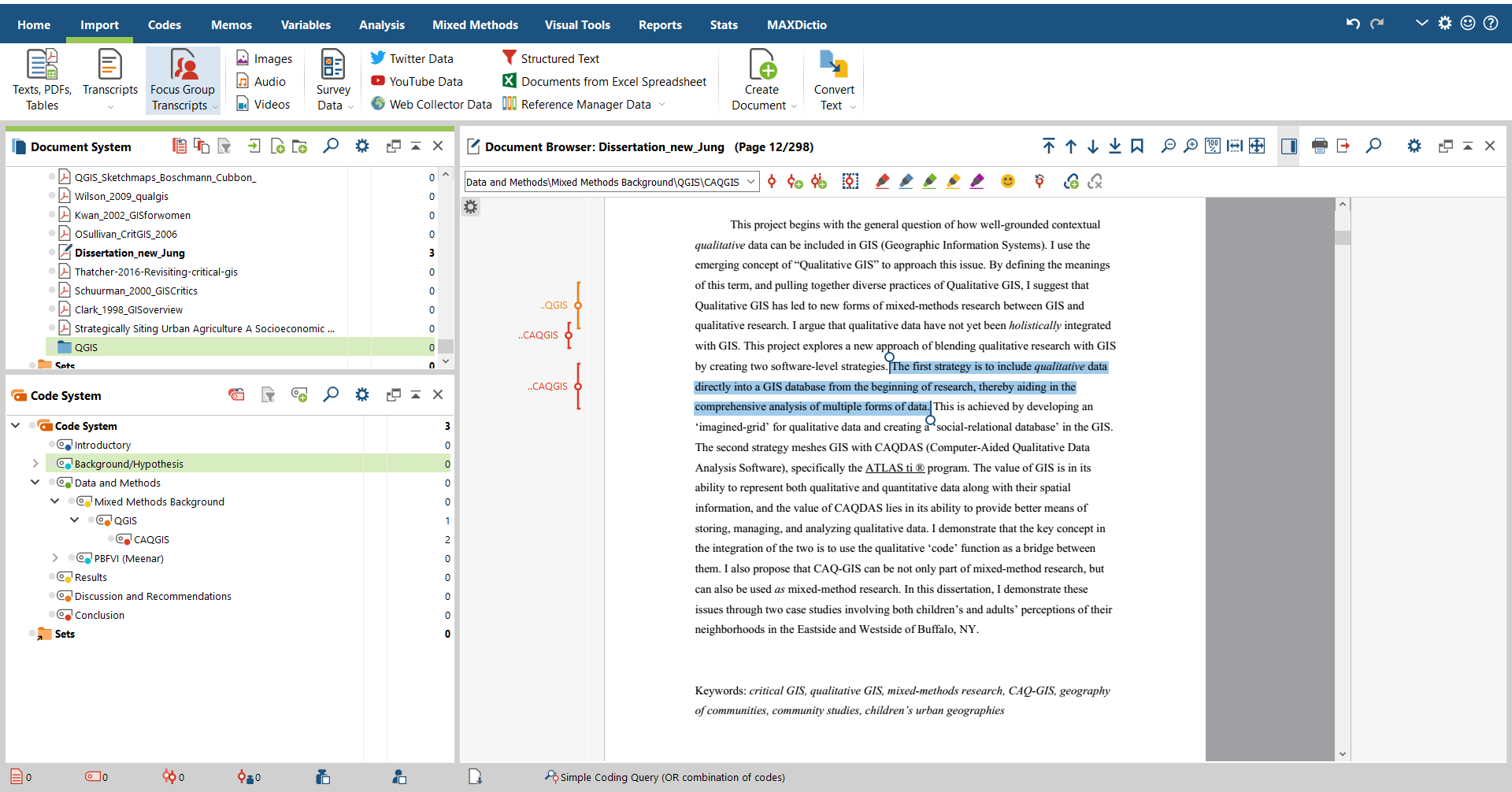
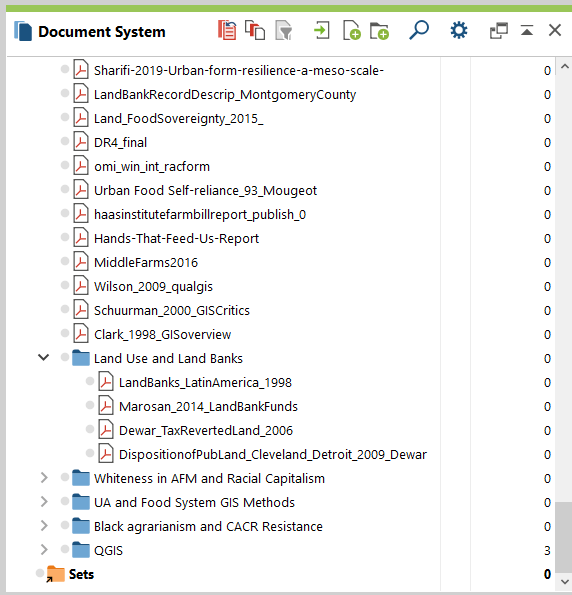
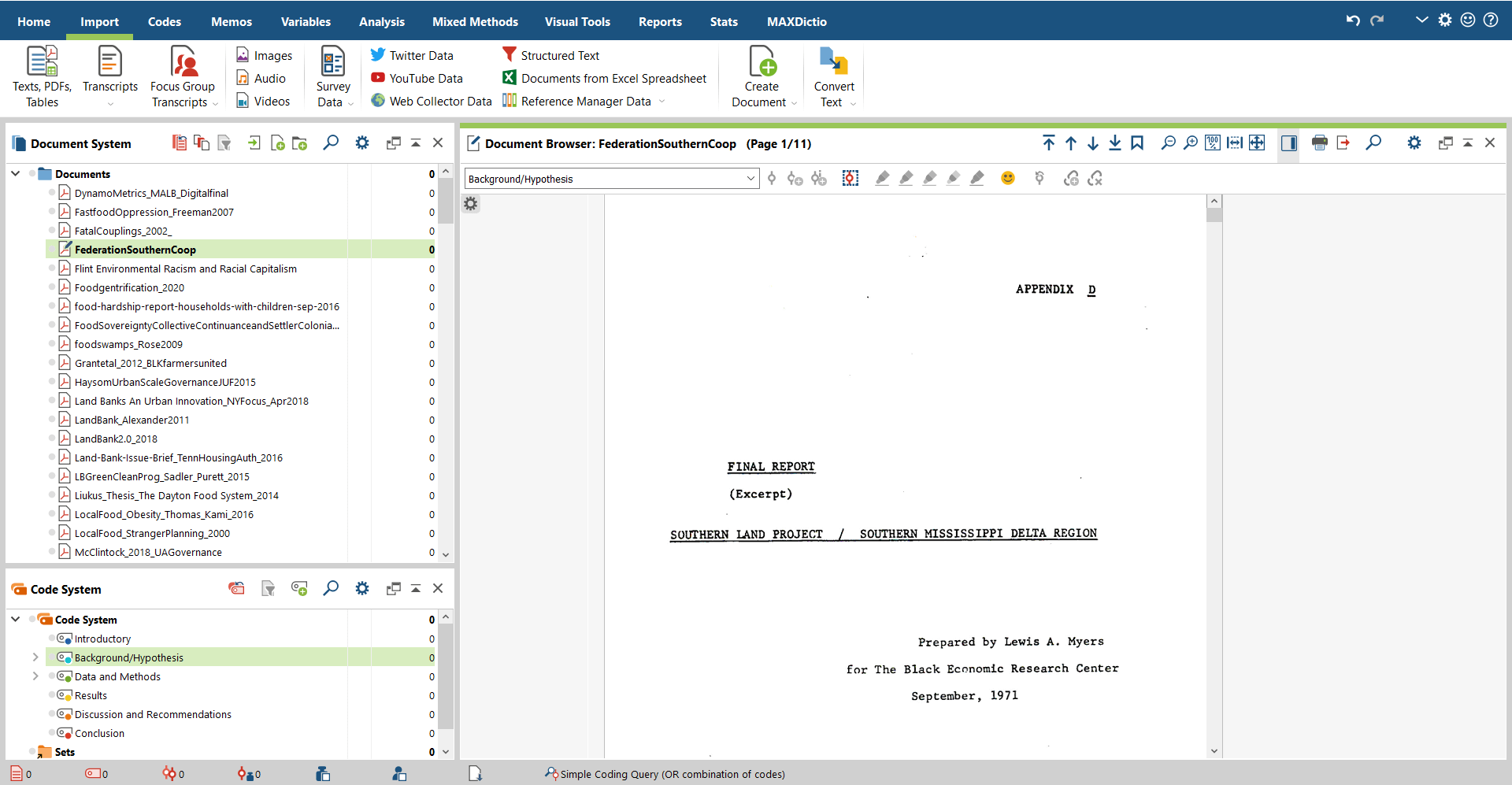
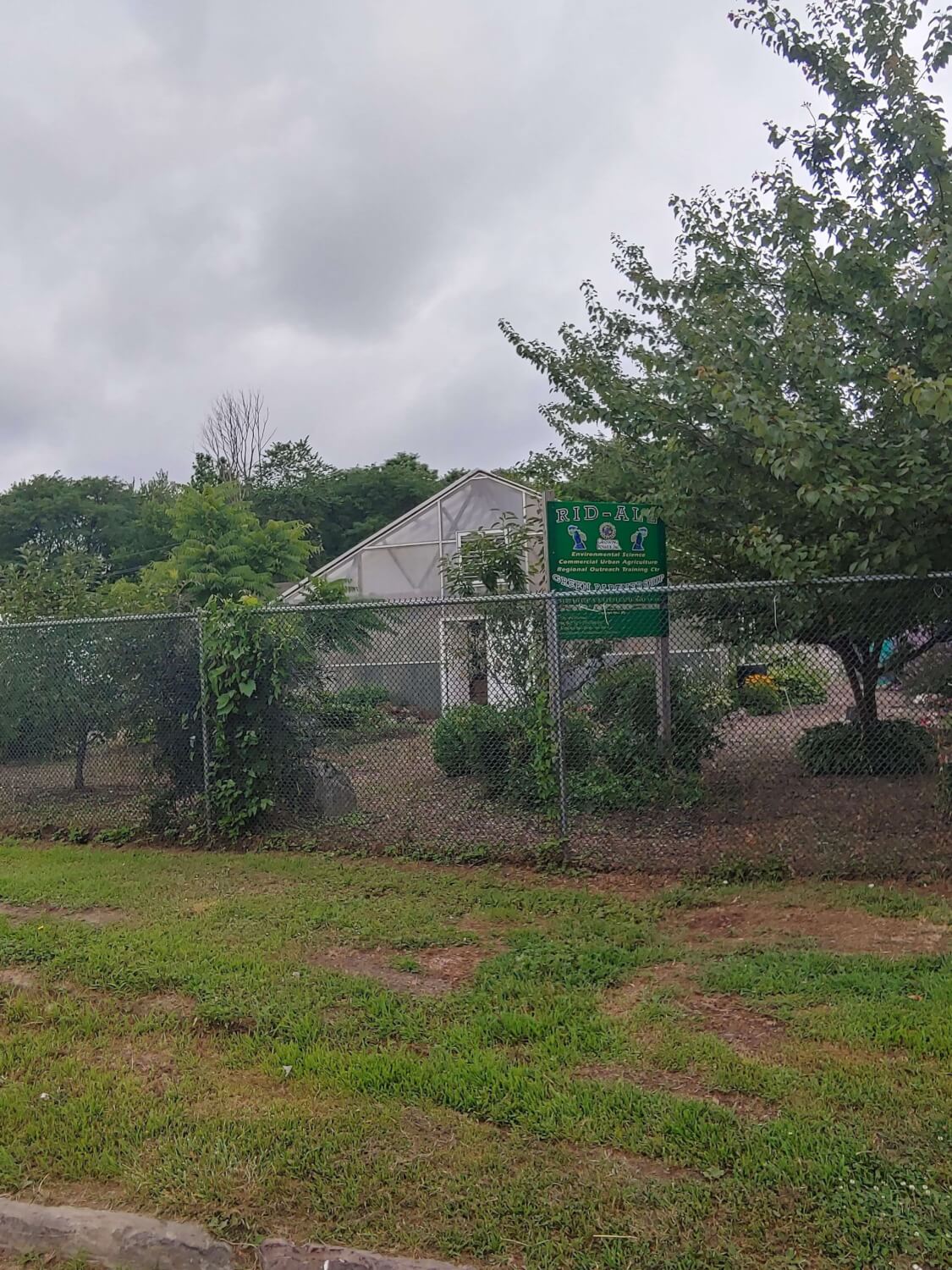
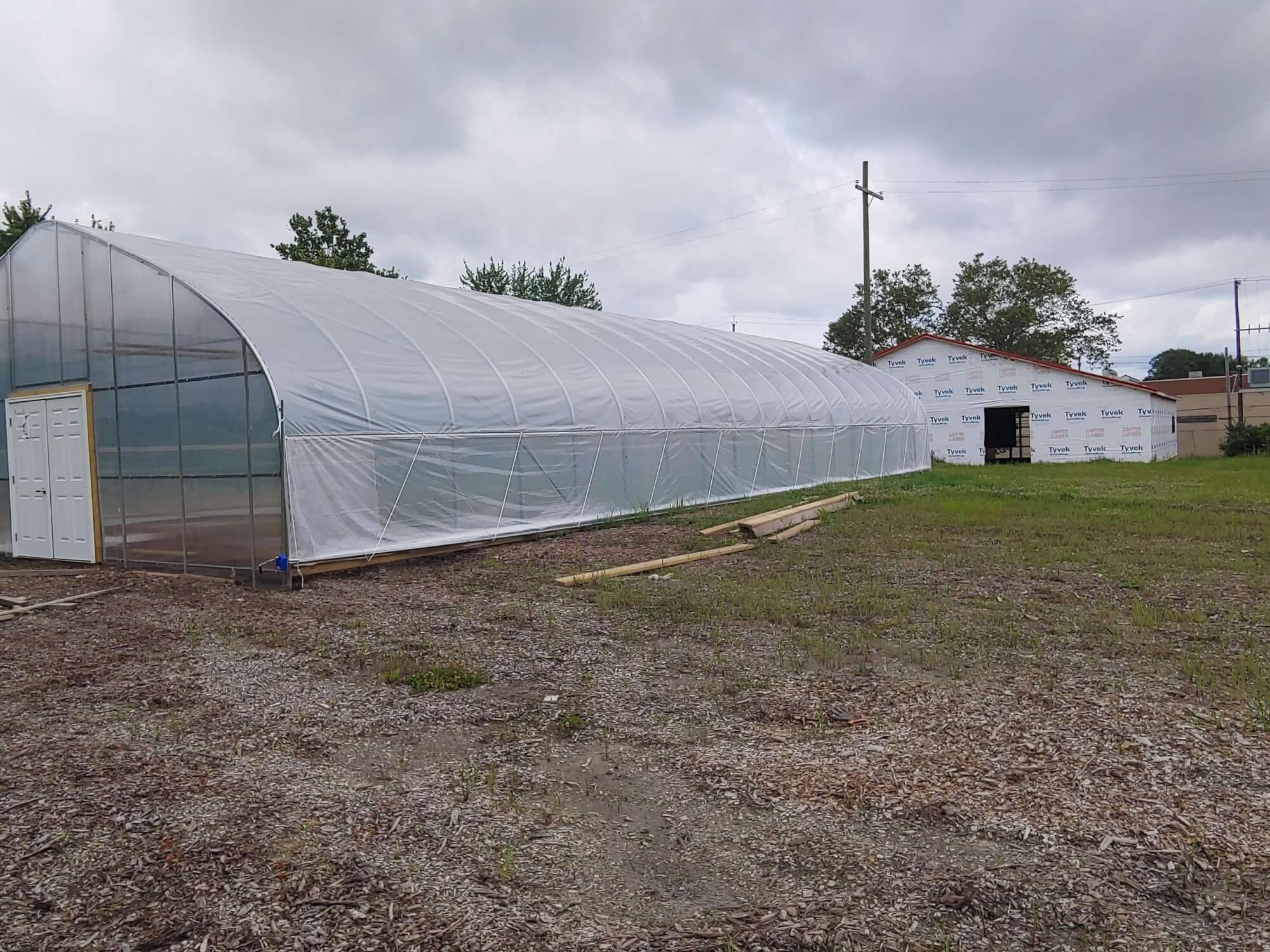
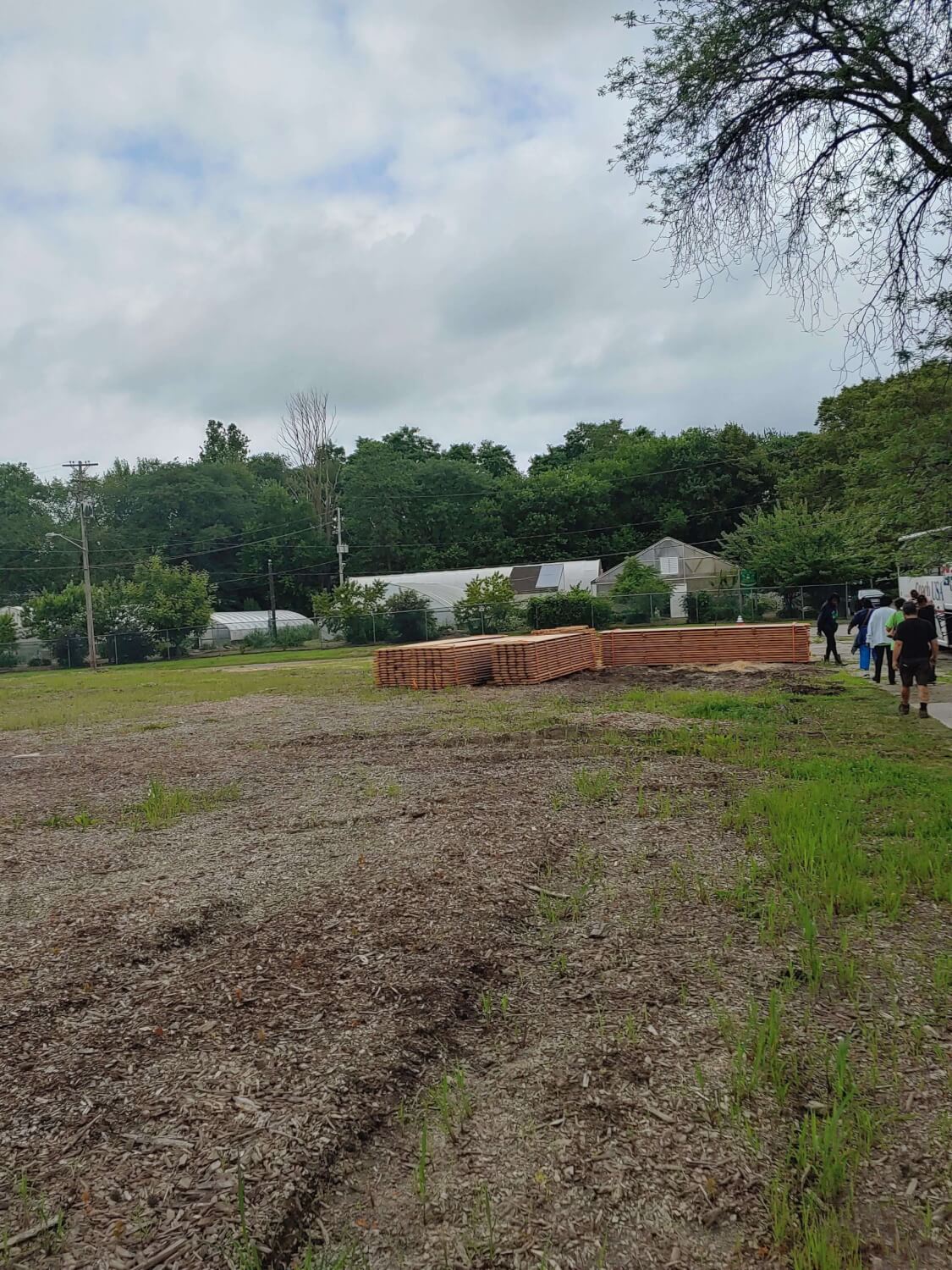
 Brittany D. Jones is a recipient of MAXQDA’s #ResearchForChange Grant, and a Ph.D. Candidate in Spatially Integrated Social Sciences at the University of Toledo, USA. Her research project titled “Empowerment through Consumption: Land Banks, Land Ownership, and Black Food Geographies” in Toledo & Dayton, Ohio, United States is currently in progress.
Brittany D. Jones is a recipient of MAXQDA’s #ResearchForChange Grant, and a Ph.D. Candidate in Spatially Integrated Social Sciences at the University of Toledo, USA. Her research project titled “Empowerment through Consumption: Land Banks, Land Ownership, and Black Food Geographies” in Toledo & Dayton, Ohio, United States is currently in progress.
